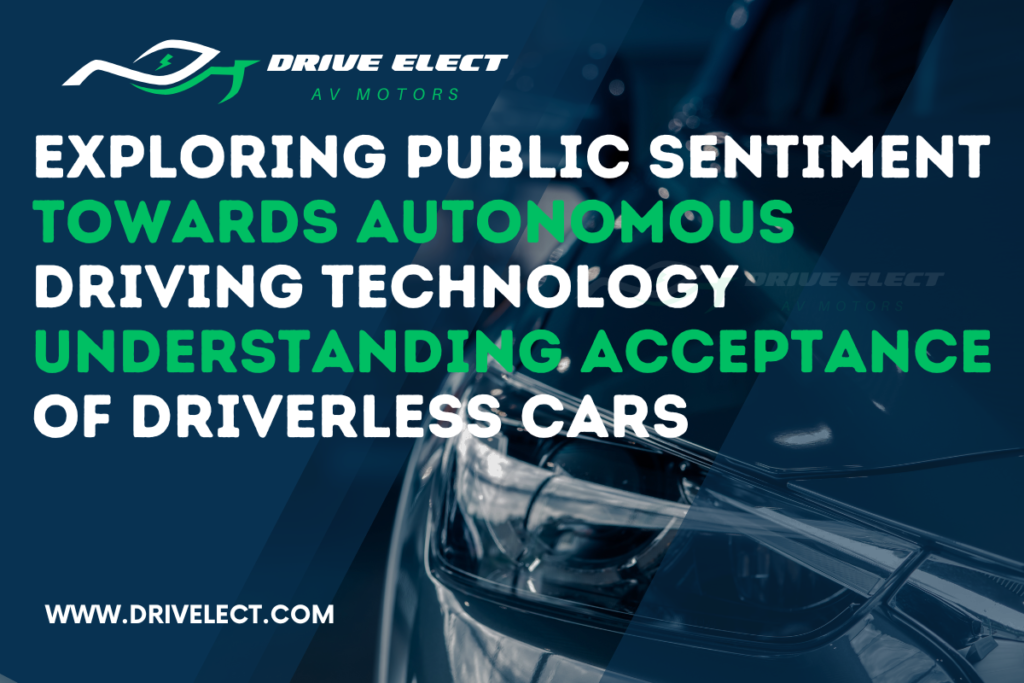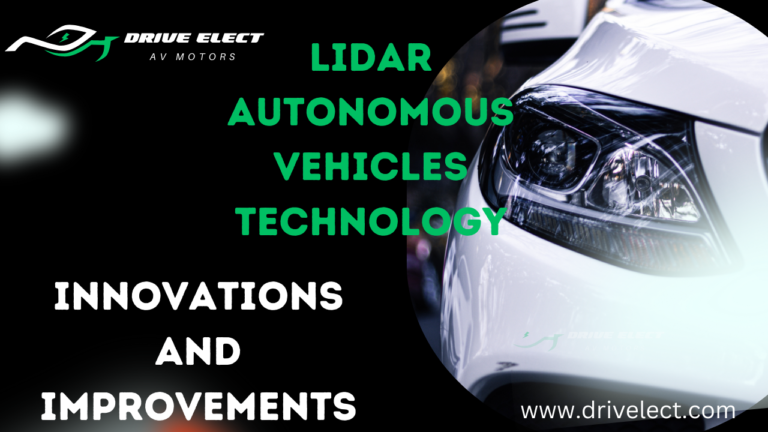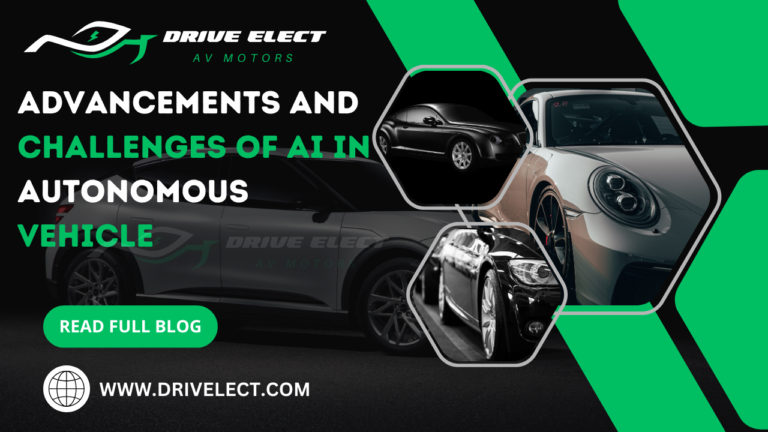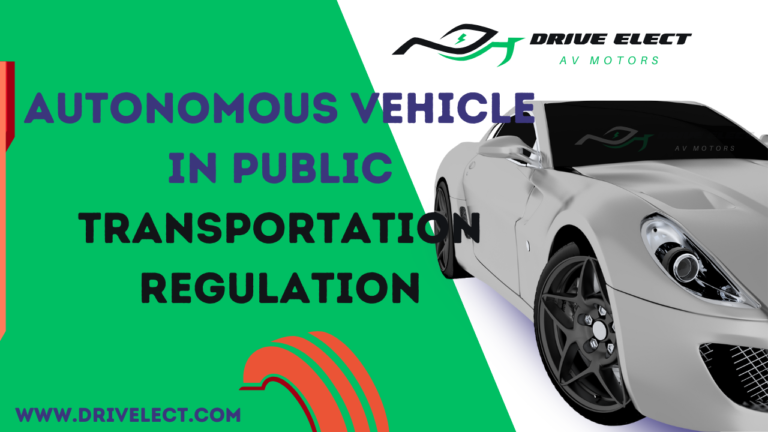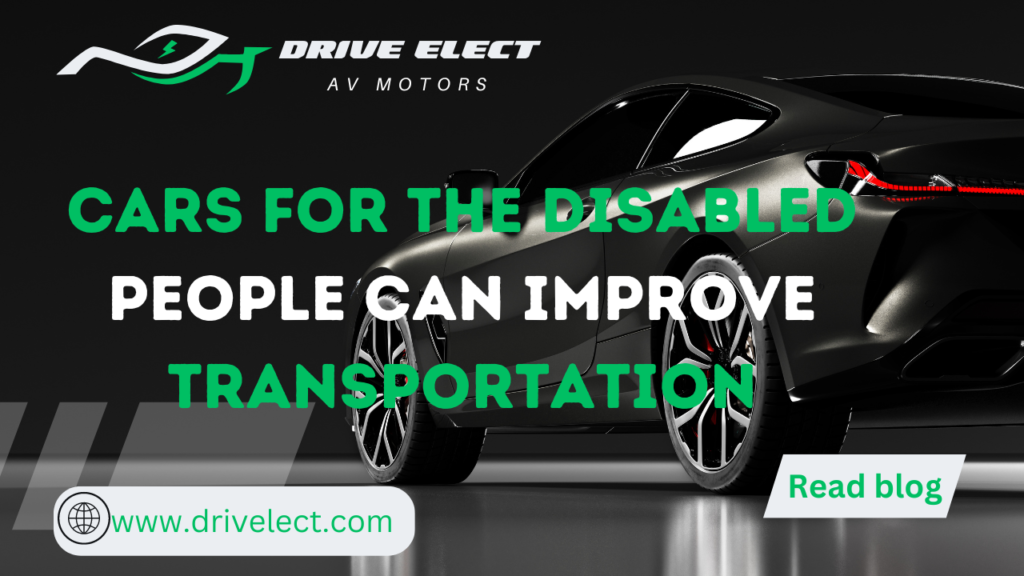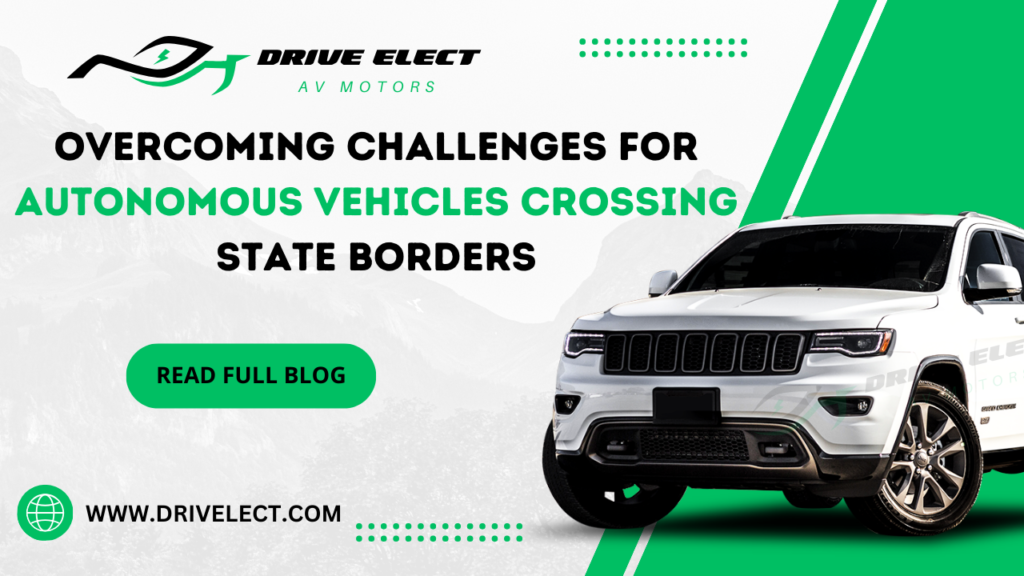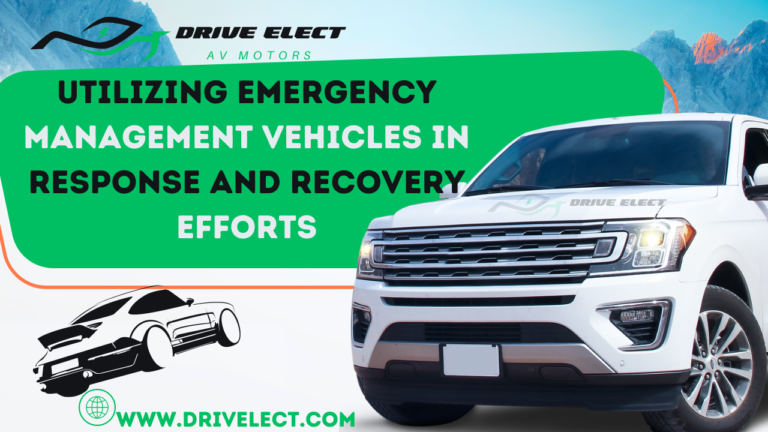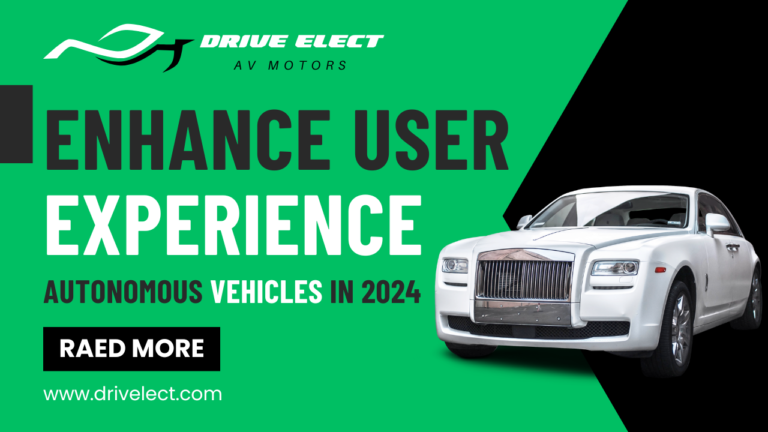Autonomous driving technology are seen as useful because they can make getting around easier, use less energy, and reduce pollution. People have been working hard on making these cars, but they still have no clear rules and laws. The legal side is struggling to keep up with the progress of the cars.
One big thing for these cars to succeed is that people need to like and trust them. But not much is known about how much people like or trust these cars. This study tried to determine what people think about these self-driving cars and what affects their opinions. It discusses how things like safety, ethics, who’s responsible if something goes wrong, rules and even the recent pandemic can change how people feel about these cars.
Table of Contents
ToggleIntroduction:
Autonomous driving technology
The Journey of Autonomous Vehicles:
In the 1920s, people started thinking about cars that could talk to each other using radio waves. Later, in the 1940s, they figured out a way for cars to follow an electromagnetic system. Then, in the 1980s, the first self-driving car came about when Mercedes-Benz teamed up with a university in Munich. This got a lot of companies excited about making their self-driving cars.
Levels of Automation in AVs:
There are different stages of how much a car can drive itself. It starts from zero, where the driver does everything, to full automation, where the car handles everything.
Recent Advances:
Over the past decade, self-driving cars have gotten way better. Big companies like Google, Uber, and Volvo started projects to make self-driving cars. Apple had a plan, too, but it faced delays. New companies, like Zoox, jumped into the game. Cities in the US allowed testing of these cars on their streets to see how people feel about them.
Pros and Cons of Self-Driving Cars:
autonomous driving technology sound great because they promise more comfort, productivity, and better transportation for those who struggle to get around. But they might also mean more cars on the road and more traffic jams.
Public Acceptance Matters:
Even though autonomous driving technology have cool benefits like saving fuel and being safer, people might still feel unsure about trusting a car without a human driver. This study wants to figure out why people might or might not like self-driving cars. It looks at how safe people feel in these cars, the ethical challenges in programming them, who’s responsible if something goes wrong, and even how the pandemic might have changed how people see self-driving cars.
Research Focus and Gaps:
Previous studies mostly used surveys to ask people about self-driving cars. This paper finds gaps in our knowledge and suggests things to look into for future studies.
Autonomous Vehicles Safety:
The safety of autonomous driving technology is an important topic, and understanding its complexities is key. Initially, it was believed that AVs would significantly enhance safety by eliminating human error. However, newer studies show a more nuanced picture.
While certain types of accidents may decrease, new challenges arise. For instance, while AVs won’t face issues like visual failures due to not relying on sight, during the transition phase alongside conventional vehicles, visibility problems might persist for human drivers sharing roads with AVs. Moreover, the complexity of AV systems and sensors could increase the chance of vehicular failures, potentially leading to more accidents.
Another concern is unavoidable accidents; situations where even faster-reacting AVs may lack the braking distance to stop, especially in sudden scenarios like a person unexpectedly appearing in front.
Human behavior, particularly at intersections where pedestrians cause many accidents, adds another layer of complexity. Additionally, environmental factors impacting AV behavior remain unpredictable.
Ensuring AV safety involves interdisciplinary coordination, spanning machine learning, sensor development, rigorous testing, and establishing standard evaluation procedures. However, defining what constitutes a safe AV poses a challenge. Some suggest surpassing human safety levels, while others hesitate to trust machines with their lives.
Case studies highlight ongoing concerns, including the tragic Uber AV incident and statements by industry leaders like Waymo’s CEO expressing skepticism about full autonomy without human intervention in certain conditions.
Research indicates the sophistication of AV systems, equipped with extensive processors and codes for instantaneous decisions. However, training AVs to handle the vast array of real-world situations remains challenging. Surprisingly, analysis has shown that AVs might be more accident-prone than human drivers, especially when technology fails and prompts human intervention to avert mishaps.
In simpler terms, while autonomous driving technology were anticipated to revolutionize safety by removing human errors, various new challenges have emerged. These include technological complexities, unforeseen scenarios, human behavioral factors, and disagreements over safety standards. Efforts are ongoing to enhance AV safety, but achieving comprehensive safety remains a complex puzzle yet to be fully solved.
Public acceptance and awareness of the AV technology
Impact of previous experience:
The opinions people have about self-driving cars can change based on their experiences and what’s happening around them. For instance, in a city where automated buses were introduced, most folks who had used them felt pretty good about them. They liked the idea that these buses could save energy and reduce pollution. Plus, because they didn’t need human drivers, it seemed like they’d cost less to run.
Some researchers used driving simulators to see how people felt about riding in an AV. They found that folks who knew more about AVs tended to be more positive about them. They felt more comfortable because they understood how these cars work.
But in the UK, a survey showed something interesting. Over a few years, more people heard about AVs, but their opinions turned less positive. This change happened because, as time went on, there were reports of accidents involving AVs. That made people worry more and feel less excited about these cars.
People’s feelings about AVs can be shaped by their experiences and what they hear about them. When people have good experiences or feel informed, they’re more likely to think positively about AVs. But bad news or accidents involving these cars can make folks feel less confident and more cautious about using them.
Impact of economic conditions on public acceptance of AVs:
When researchers asked people from different countries about their thoughts on self-driving cars, they found something interesting. Turns out, folks from countries with lower incomes tended to feel more positive about these cars than those from wealthier countries.
In the surveys, about 40% of people from richer countries were worried about the technology behind self-driving cars, especially the software part. They were concerned that something might go wrong with the software. Meanwhile, only about 20% were worried about this in less wealthy countries.
Another thing was about sharing data. People in developed, richer countries weren’t as comfortable with their vehicles sending out information. But in developing countries, this didn’t bother folks as much.
So, there’s a difference in how people from wealthier and less wealthy countries feel about self-driving cars. Those with lower incomes seem more positive about them, while those from richer countries have more worries, especially about technology and sharing data.
Turk drivers and fleet operator’s perception of AVs:
A study by Richardson and others examined what truck drivers and fleet managers think about self-driving trucks (AVs).
- Nearly half of the truck drivers knew little about self-driving tech, but most fleet managers were already familiar with it.
- Around three-quarters of truck drivers felt secure about their jobs.
- About half of the drivers thought self-driving trucks could make roads safer and more comfortable.
- Almost half of the drivers chose their job because they enjoy driving.
- Fleet managers and drivers worry a lot about privacy and who’s responsible if something goes wrong with self-driving trucks. Nearly half of the drivers are worried they might lose the joy of driving.
- Many drivers feel safe in their jobs. This might be because they don’t know much about self-driving tech or think self-driving trucks won’t replace them. Another study says the risk to drivers might not be as bad as some people say because companies will still need drivers for things that machines can’t do, like fixing problems that sensors detect.
Autonomous driving technology for different age Groups:
Younger people seem more excited about autonomous driving technology. Studies found that younger people (between 18 and 34) are more open to using autonomous driving technology than older age groups. For example, about 60% of younger people might consider using these cars for trips, while only about half of the older people (over 65) would.
Interestingly, the longer someone has been driving, the less interested they are in self-driving cars. So, experience behind the wheel makes some people less excited about these new tech cars.
People often think older adults or those with disabilities would benefit greatly from self-driving cars because of increased accessibility. However, the studies found that younger people are more interested in these cars, which goes against that idea.
There haven’t been studies to find out how people with disabilities feel about self-driving cars. This means assumptions about their interest in this tech might not be accurate. So, more surveys are needed to understand what people with disabilities think about self-driving cars.

